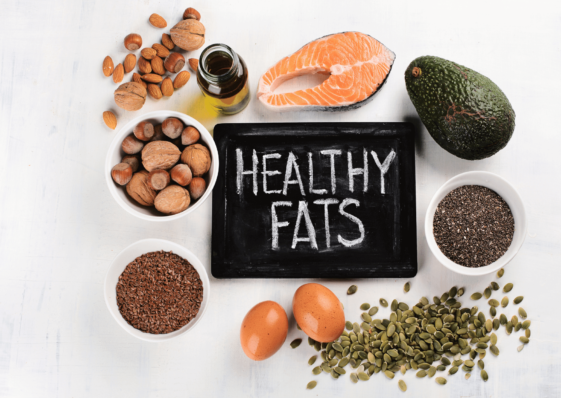When you are on the keto diet, tracking your macronutrients (Protein, Fat, Carbs) can be very helpful. Knowing exactly how many grams of fat, protein, and carbohydrates you are consuming each day can help make sure you are eating the right amounts to reach your goal. It will also keep your portions properly proportioned in order to receive the most benefit from your diet.
How to calculate macros for keto?
Grapefruit Dieter Keto calculator helps you know your calorie needs and optimize your intake for each group of macro-nutrients (the famous macros): Carbohydrates, Fat and Proteins, as part of a ketogenic diet.
Simply fill in your personal information below, and get custom keto macros results.
[keto_calculator]
Macronutrient Breakdown
To put it simply, it is the number of proteins, carbohydrates, and fats distributed, and consumed by the body. Too little fat will delay your energy, while too much carbohydrate can cause weight gain.
The keto calculator helps you know your calorie needs and optimize your intake for each group of macro-nutrients.
The best simple keto equation is this:
- Proteins: Between 1 and 1.5g of protein per kg of body weight
- Lipids: Between 1.5 and 2.5g of lipids per kg of body weight
- Carbohydrates: 20g net (i.e. carbohydrates minus fiber on the labels)
The amount of physical activity you do throughout the day – from workouts to what you do at work – counts towards whether you should stick to the low or the high of the scale.
If you are active, it’s recommended to use 1.5g per kg for protein and 2.5g per kg for fat. If you are sedentary, it’s advisable to use 1g per kg for proteins and 1.5g per kg for lipids. Carbohydrates always stay at 20g net.
Here’s an example:
Take Paul, 40, who is 6 feet (72 inches), weighs 220 lbs. (100kg) and is not very active!
With the equation this gives us:
Proteins = 1g x 100kg = 100g
Fat = 1.5g x 100kg = 150g
Carbohydrates = 20g net
Now, it is also important to know that these numbers can vary depending on Paul’s hunger or whether he is doing any physical activity.
Other things to watch for
Eat when you are hungry, stop when you are full!
To know when hunger strikes and when hunger decreases, we must learn to listen to our body and know when we are full. Weight loss is strictly hormonal. Several hormones like Leptin (Satiety Hormone) and Ghrelin (Hunger Hormone) play a very big role in our weight loss. Insulin is also a key hormone in our weight loss.
Insulin
This hormone affects our target weight. It’s also called the storage hormone and it’s not for nothing. When insulin is constantly high, our body cannot access our fat stores for energy (unable to achieve ketosis). In addition, when insulin is constantly high, not only we cannot burn fat, but it can develop to what’s called insulin resistance, so that no matter what we eat, our insulin always stays high and we can’t lose fat.
Leptin
With insulin resistance, we can also develop resistance to leptin (the hormone of satiety). If our hormone that tells us when to stop eating is not working properly, what about the excess food ingested that lodges in fat as our insulin is constantly high. Having failed hormones can lead to weight gain and several illnesses as well. This is why it is important to properly calculate your macros for the best possible results.








